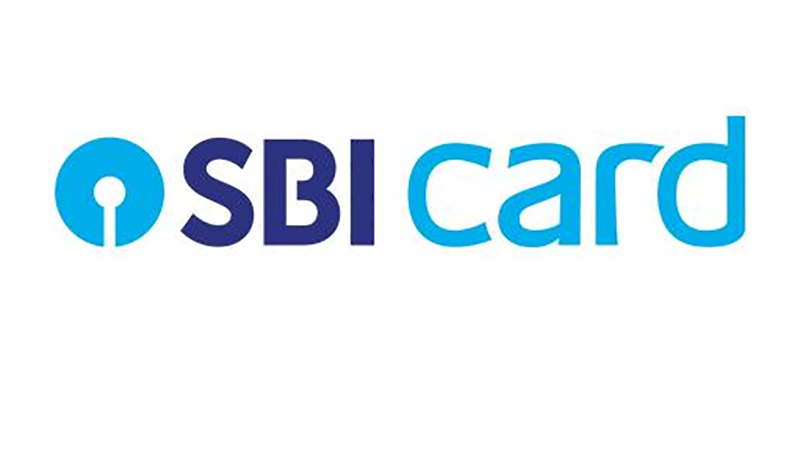
Mumbai: SBI Cards experienced a substantial 30% YoY increase in total revenue, reaching Rs 4,742 crore in Q3 FY24, up from Rs 3,656 crore in Q3 FY23.
The Profit After Tax (PAT) showed an 8% YoY growth, standing at Rs 549 crore in Q3 FY24, compared to Rs 509 crore in the same period last fiscal.
The Return on Assets (ROAA) witnessed a marginal decrease from 4.8% in Q3 FY23 to 4.1% in Q3 FY24. Similarly, the Return on Equity (ROAE) decreased from 22.0% in Q3 FY23 to 19.2% in Q3 FY24. SBI Cards maintained a robust Capital Adequacy Ratio at 18.4%, with Tier 1 capital at 16.3%.
The new accounts volume experienced a decline of 33%, totalling 1,096K in Q3 FY24 compared to 1,634K in Q3 FY23. Despite this, the Cards-in-force exhibited notable growth, reaching 1.85 crore in Q3 FY24, a 16% increase from the previous fiscal quarter.
Spends demonstrated a substantial surge, recording a 41% increase at Rs 96,860 crore in Q3 FY24, up from Rs 68,835 crore in Q3 FY23. Receivables grew by 26%, reaching Rs 48,850 crore in Q3 FY24 compared to Rs 38,626 crore in the same period last fiscal.
SBI Cards maintained a strong market position with a 18.9% market share in Cards-in-Force (compared to 19.7% in FY23) and an 18.3% market share in Spends (compared to 18.2% in FY23), securing the #2 position in both categories within the industry.
The total income witnessed a robust 30% growth, reaching Rs 4,742 crore in Q3 FY24. This was attributed to a 29% increase in interest income and a 34% increase in non-interest income, including fees and commission.
Finance costs increased by 50%, reaching Rs 695 crore in Q3 FY24, compared to Rs 464 crore in Q3 FY23. Total operating costs also increased by 23%, standing at Rs 2,426 crore in Q3 FY24 compared to Rs 1,974 crore in Q3 FY23.
Earnings before credit costs demonstrated strong growth, increasing by 33% to Rs 1,620 crore in Q3 FY24, compared to Rs 1,217 crore in Q3 FY23.
However, impairment on financial instruments increased by 66%, reaching Rs 883 crore in Q3 FY24 compared to Rs 533 crore in the same period last fiscal.
The Gross non-performing assets were at 2.64% of gross advances as of December 31, 2023, as against 2.35% as of March 31, 2023.
Net non-performing assets were at 0.96% as of December 31, 2023, as against 0.87% as of March 31, 2023.
Capital Adequacy as per the capital adequacy norms issued by the RBI, company’s capital-to-risk ratio consisting of Tier I and Tier II capital should not be less than 15% of its aggregate risk weighted assets on - balance sheet and of risk adjusted value of off-balance sheet items.
As of December 31, 2023, the company’s CRAR was 18.4% compared to 23.1% as of March 31, 2023.
The Tier I capital in respect of an NBFC-ND-SI, at any point in time, can’t be less than 10%.
The company’s Tier I capital was 16.3% as of December 31, 2023, compared to 20.4% as of March 31, 2023.
Support Our Journalism
We cannot do without you.. your contribution supports unbiased journalism
IBNS is not driven by any ism- not wokeism, not racism, not skewed secularism, not hyper right-wing or left liberal ideals, nor by any hardline religious beliefs or hyper nationalism. We want to serve you good old objective news, as they are. We do not judge or preach. We let people decide for themselves. We only try to present factual and well-sourced news.







